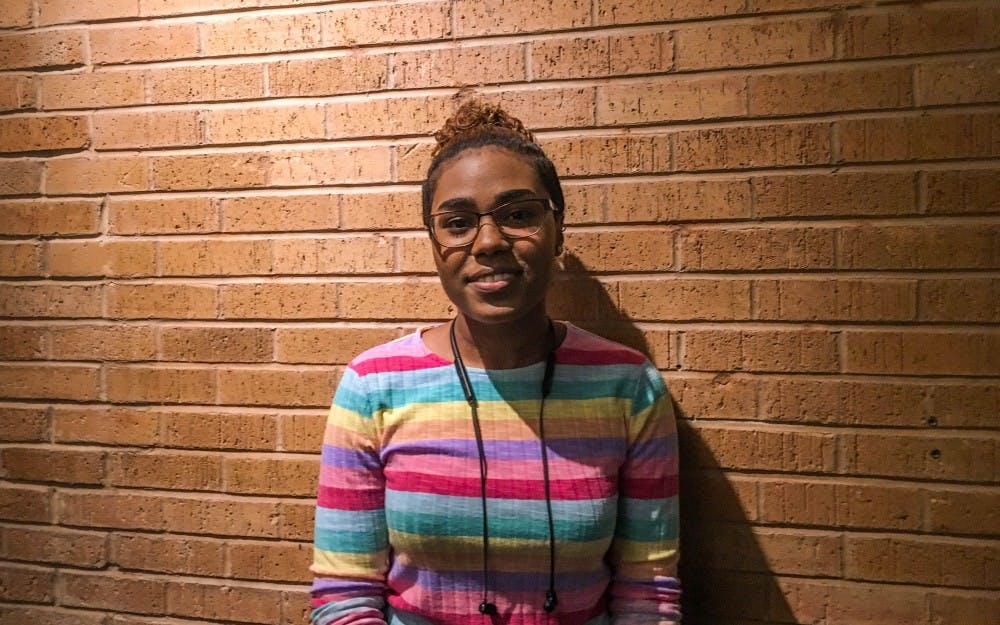The art of experimental filmmaking has faded with the rise of Hollywood, but a class at ASU is using the practice to allow students the freedom to experiment with film and concept.
Offered by the ASU Herberger Institute for Design and the Arts, students present their work at the end of each semester at a showcase event called Video Nite.
Muriel Magenta, an intermedia professor who teaches ART 440: Experimental Video Art, said art always involves trial and error, so it is important to explore different media from an experimental point of view.
“It involves playing around with ideas and being fluid and open to change as the work develops,” Magenta said. “So all of these things suggest experimentation and being open to your own intuition and what the work in progress tells you.”
Students taking the class during the spring 2018 semester will premiere their videos at the upcoming Video Nite on May 2, and all the videos will be available on the class Vimeo.
The course curriculum allows students to practice techniques such as camera work, lighting and soundtrack development. Students are required to create both a standalone video and a multi-channel piece, which has the ability to be played on two different screens, one of which will be down at Video Nite.
Magenta said the experimentation aspect of the class refers to the content of the videos as well as the process of using peer feedback and experimenting with making the videos.
“It depends upon what they choose to do," Magenta said. "Some people really go for the jugular in the sense that they have a very strong message which they use as a metaphor. And some people just explore a subject for its own sake.”
Dayngel Wade, a senior studying intermedia art whose work will be featured at Video Nite, said video has become a more accessible type of media because of the internet, allowing artists to speak to a larger audience.
Wade said one of her video projects emphasizes the social and political issues pertaining to police violence in the U.S., and when displaying these difficult issues, video is a media that is easier for people to respond to.
“As a generation, we’re familiar with the video format and I think that familiarity really plays an important part to how people receive it,” Wade said. “I think that audience expectation is really important in displaying social issues.”
Ashli Owens, a senior studying digital culture with a focus in film whose works will also be presented at Video Nite, said her works focused more on her own personal issues. She said the experimental nature of the class taught her to think outside of the traditional rules of film.
Students are able to repeat the class for credit which allows them to continue to master the experimental techniques with advanced sessions available during the course.
Owens said the class is a great opportunity for students to leave with a portfolio that shows their capabilities but also provides them with the ability to reflect on previous works.
“That's something that I really appreciate, just that learning journey,” Owens said. “(I also appreciate) learning to trust yourself, in what you're creating and how you're creating it, and then not being afraid to share that.”
Reach the reporter at chofmann@asu.edu and follow @chofmann528 on Twitter.
Like The State Press on Facebook and follow @statepress on Twitter.




